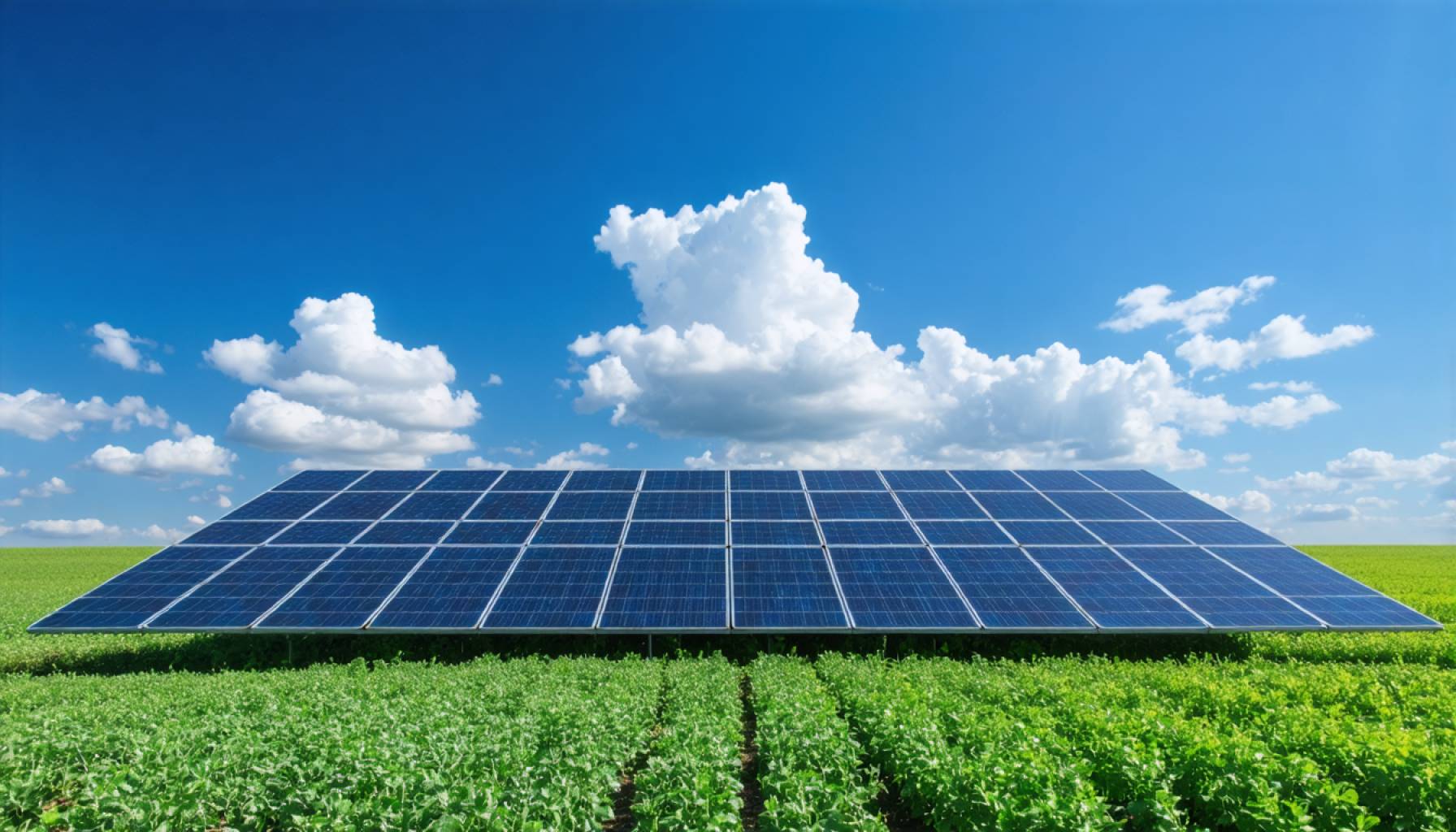- Technological advancements are revolutionizing energy consumption, signaling a shift toward a cleaner and smarter future.
- Grid-connected smart homes utilize interconnected devices to enhance energy efficiency, predicting usage patterns and automating savings.
- AI-powered infrastructure enhances the resilience of the energy grid, forecasting demand, and managing outages with precision.
- Virtual power plants foster community-level energy self-sufficiency, transforming local contributions into regional resilience.
- The innovations of 2025 represent a crucial step in achieving sustainability and redefining power distribution.
- Embracing and advocating for these technologies is essential to overcoming energy challenges and paving the way for a sustainable future.
The quiet hum of transformation ripples through the halls of the energy world as breakthroughs in technology promise a cleaner, smarter future. As our global community narrows its gaze upon sustainability, certain innovations shine as beacons of hope, signaling profound shifts in how energy is harnessed and consumed. On the cusp of Earth Day 2025, these advancements illustrate not merely a technological evolution but a revolution.
Picture a home that thinks—where once-passive appliances become intuitive allies in conservation. The advent of grid-connected smart homes marks a pivotal change in consumer energy interaction. With interconnected devices, from thermostats to comprehensive energy management apps, households are morphing into efficiency engines. These tools predict usage patterns and automate savings, crafting an environment where energy frugality meets futuristic convenience.
Simultaneously, the energy grid’s invisible guardian—AI—prowls ever-vigilant. AI-powered infrastructure emerges as the digital brain, orchestrating the symphony of electrons that pulse through our lives. Beneath its intellectual gaze, the grid becomes more resilient, forecasting shifting demand with precision, discerning potential faults before they flicker into darkness. Weather changes, demand surges, outages—they are all foreseen and managed with an intelligence inspired by innovation.
In parallel, entire neighborhoods are weaving their collective power into the tapestry of virtual potential. The concept of virtual power plants propels communities toward shared self-sufficiency. Imagine rooftops glistening with solar arrays, homes buzzing with smart appliances, all feeding an interconnected network that transforms individual contributions into communal resilience. This isn’t just about energy savings; it’s about redefining power distribution from the grassroots level, leveraging local contributions to power whole regions.
These innovations of 2025 deliver a compelling narrative: technology’s potent role as an ally in the fight for a cleaner, more equitable future. As society inches closer to sustainability, the power we wield today to adapt and transform will define our tomorrow.
The call to action is unambiguous. Embrace these technologies, advocate for their widespread adoption, and witness the dawn of a new energy age—a clean, smart, and interconnected world where energy challenges meet their match in human ingenuity and technological prowess.
The Future of Energy: How Smart Homes, AI, and Virtual Power Plants Are Shaping 2025
Introduction
As the world pivots towards a more sustainable future, advancements in energy technology are front and center, offering transformative solutions. With Earth Day 2025 as our backdrop, the interplay of smart homes, AI-powered grids, and virtual power plants are not just technological evolutions—they mark a revolutionary shift in the very fabric of energy consumption and management.
Breakthrough Technologies
1. Grid-Connected Smart Homes
The concept of smart homes has transcended beyond just convenience to become champions of energy efficiency. These homes leverage smart devices and comprehensive energy management systems to anticipate usage patterns, automate energy savings, and reduce waste. Here’s how you can optimize these systems to revolutionize your energy usage:
– Energy Management Apps: Use apps to monitor and adjust energy consumption in real-time, providing insights and personalized recommendations.
– Smart Appliances: Invest in appliances that can be scheduled to run during off-peak hours automatically, reducing energy costs and grid strain.
– Interconnectivity: Ensure all devices are interconnected for a seamless and comprehensive approach to energy efficiency.
2. AI-Powered Infrastructure
AI is the silent yet sophisticated operator behind modern energy grids, enhancing their efficiency and resilience. Here are the notable functions of AI in the energy sector:
– Demand Forecasting: AI predicts energy demand surges and optimizes supply, ensuring balanced energy distribution.
– Fault Detection: AI systems can identify and address faults before they cause outages, minimizing downtime and improving reliability.
– Weather Adaptation: By analyzing weather patterns, AI adjusts energy distribution to accommodate renewable sources, such as solar and wind.
3. Virtual Power Plants
Virtual power plants (VPPs) connect local energy producers, like solar-powered homes, to pool resources and create a robust energy network. Benefits and implementation steps include:
– Community Energy Sharing: Participate in programs that allow households to share excess energy with their community, turning surplus into benefits.
– Decentralized Distribution: Reduces dependency on traditional power plants by using local sources for energy supply.
– Self-Sufficiency: Enhances community resilience against energy shortages and enhances sustainability.
Market Forecasts and Industry Trends
By harnessing smart technologies and AI, the global smart home market is projected to reach over $150 billion by 2025, driven by increased demand for energy-efficient solutions (Statista). Meanwhile, AI in energy management is set to grow significantly, as energy companies seek more adaptive and reliable solutions to meet fluctuating demands.
How to Take Action
– Adopt New Technologies: If possible, upgrade homes with smart technology and participate in community energy initiatives like VPPs.
– Stay Informed: Follow industry trends and updates on new technologies to stay ahead and make informed decisions.
– Advocate for Sustainable Policies: Support governmental and organizational efforts aimed at expanding smart grid infrastructure and renewable energy use.
Conclusion
Embrace the emerging energy technologies that integrate smart homes, AI, and virtual power plants to create a more sustainable and efficient future. By investing in these innovations today, you can contribute to a cleaner, interconnected world tomorrow.
For further information and insights into energy technology advancements, visit Energy.gov, a comprehensive resource for the latest in energy innovation and sustainability practices.
